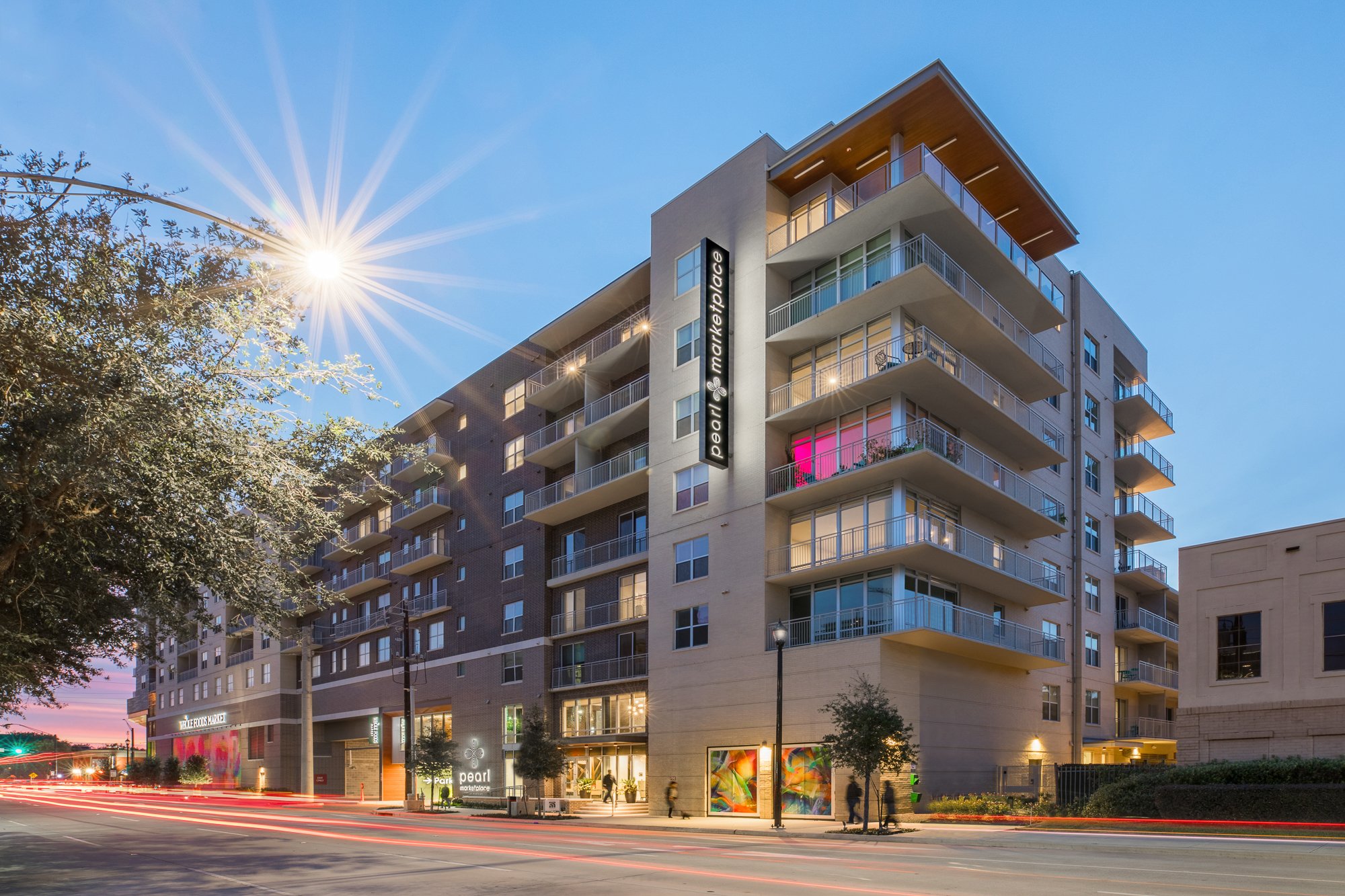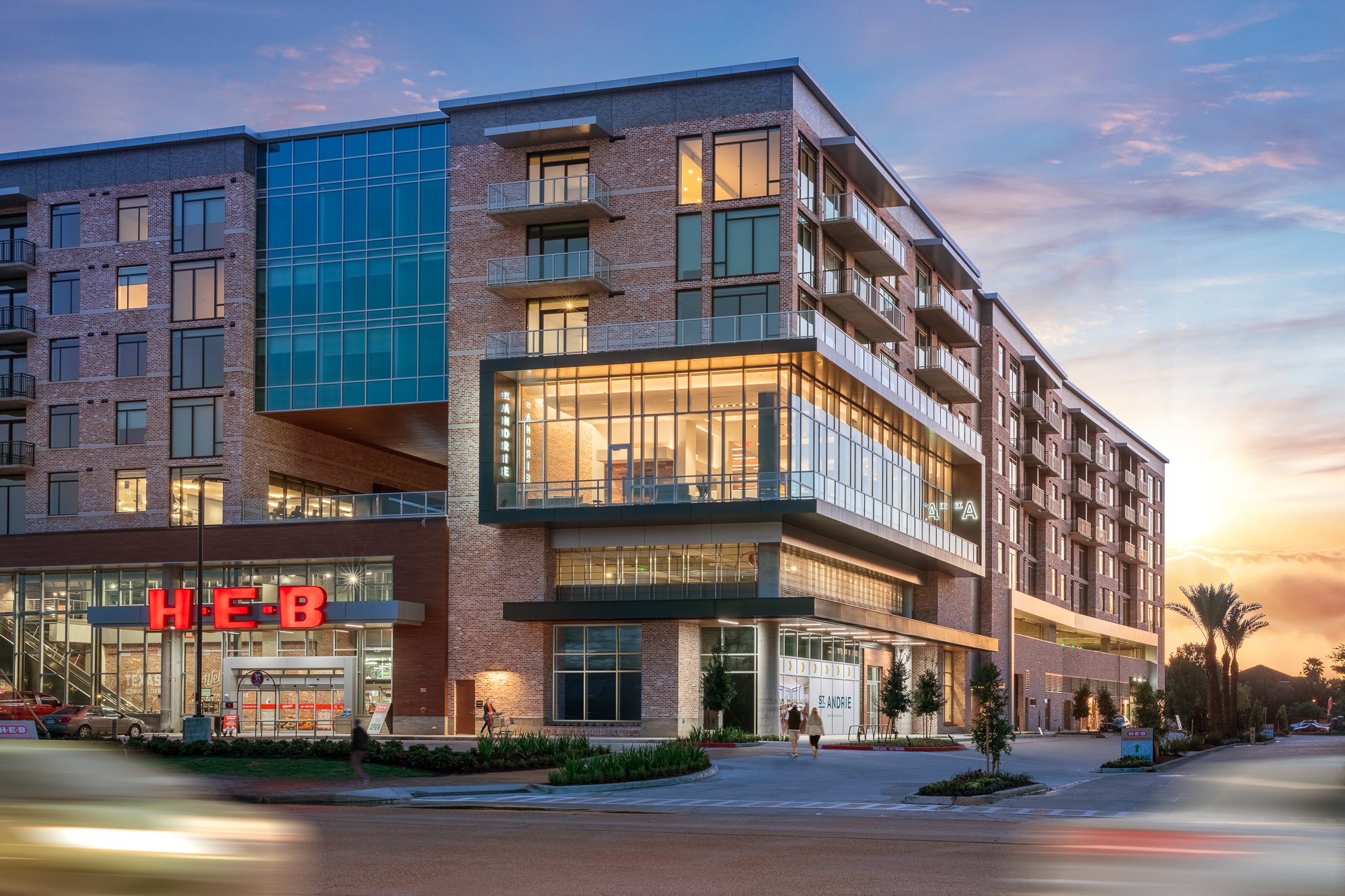Are Grocery Anchored Developments the Ultimate Multifamily Amenity?
So, what's going on?
We are witnessing the convergence of the battles for real estate and market share and this is spurring successful partnerships between multifamily developers and premium grocers. The price of real estate in urban areas continues to skyrocket while the number of parcels of land in desirable locations of the size required for a traditional stand-alone grocer grows scarce.
A grocer requires a certain footprint and chains face a dilemma if they want to gain market share. Increasingly, a premium grocer may need to rethink the traditional stand-alone grocery model in order to break into a desirable urban neighborhood. For some prime locations, a grocer-anchored apartment is the only option. For the multifamily developer it may be a match made in heaven with triple-A credit rated grocers attracting investment capital.
It's getting some attention
Recently, the Business Journals and Bisnow carried headlines referring to an update of RCLCO’s 2016 “Whole Foods Effect,” reporting that a ground-floor grocer adds value to an apartment by driving rental premiums, enhanced absorption, and accelerates rent growth in comparison to nearby properties. Indeed, the study shows an 8% rent premium for Pearl Marketplace at Midtown, Houston which is anchored by Whole Foods, and is a project by our client the Morgan Group. Not surprisingly, the report concludes that a premium grocer returns the biggest premium in rents.
These are technically challenging buildings that integrate MEP, structural and architectural systems for several different uses: grocer, retail, office, residential, and parking.
Jim Zemski
It's catching on - one of the hottest product types in today's real estate market.
In Texas, of course, HEB is a high-performance store and has garnered 60 percent of the State’s market share. Houston Heights was where HEB chose for its first ever apartment-mixed-use format, anchoring the St. Andrie at Buffalo Heights development by BKR Memorial and Midway. In April this year, we asked the question, “Is HEB helping this development during this economic downturn?” We found that the St. Andrie at Buffalo Heights maintained a 2.2% positive effective rent growth during the first full month of the 2020 pandemic lockdown, at a time when 4 and 5 Star apartments in the same submarket showed -3.73% negative effective rent change, and all other submarkets were experiencing similar declines. This data reinforces that multifamily developments with an onsite grocer enjoy premium performance from the grocery-effect.
But wait a minute – these are complex projects
This real estate product type is the most complex development not least of all in terms of design and constructability. The grocer and multifamily partnership will need a design partner that has the talent and expertise to piece it all together and the mastery to weave the development into a healthy community for walkable urban living. ZCA is looking forward to helping you bring your next grocer-anchored multifamily development to market.





